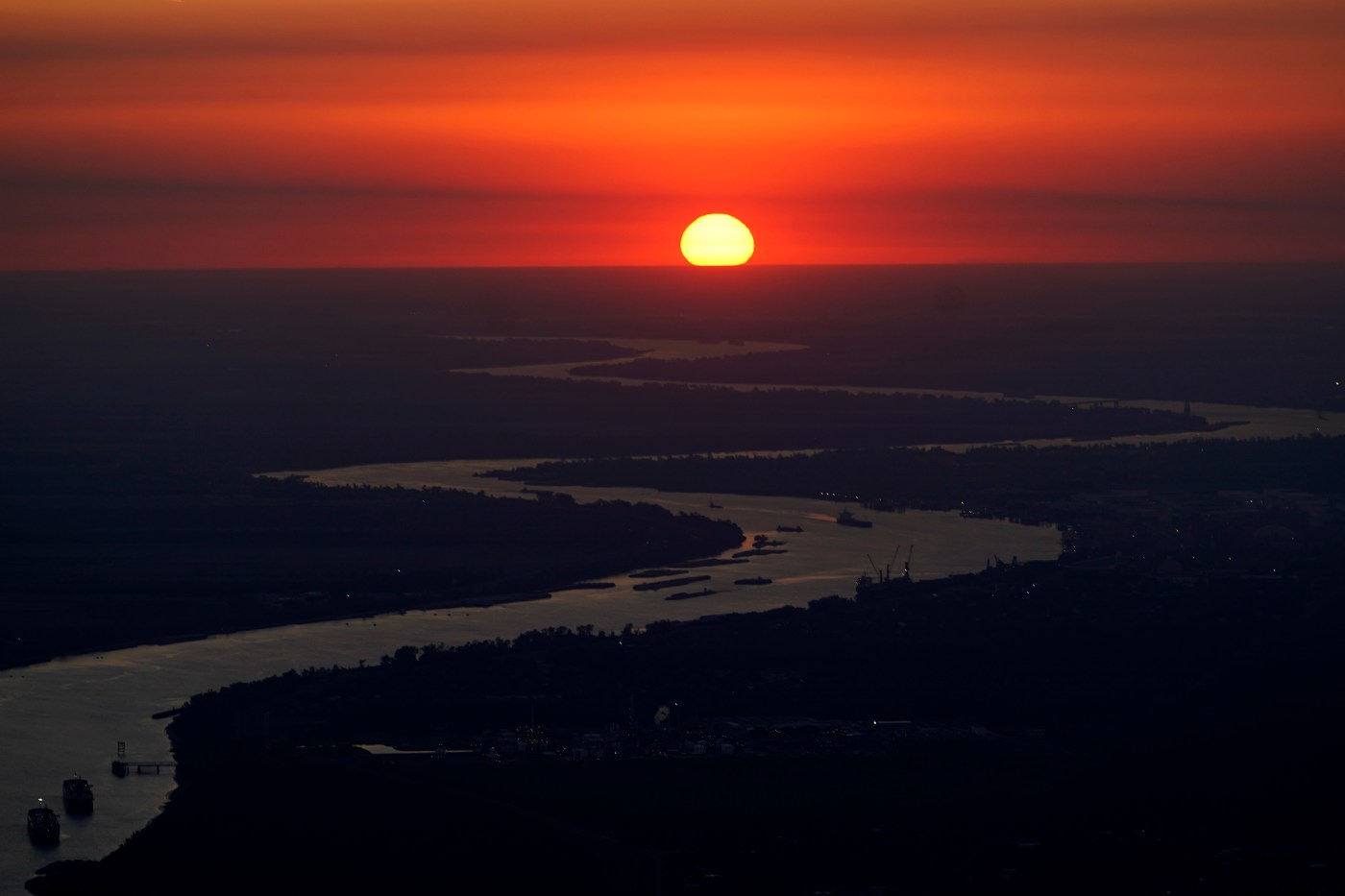
Ticker: EPA finds almost no improvements in rivers; Libya resumes production at oilfield
The EPA’s newest assessment of water quality and nutrient pollution in U.S. rivers and streams shows almost no progress on cutting the nitrogen pollution that comes primarily from farm chemical runoff.
That’s a problem because it can cause algae blooms, contaminate drinking water and feed the so-called “dead zone” in the Gulf of Mexico. And it may get worse as climate change increases rainfall that can wash more nutrients into waterways. Activists and scientists say little change has happened because curbing the pollution relies mostly on voluntary action by farmers. They say more regulation and incentives are needed.
“It’s really worrying that we are clearly not meeting the goals that we’ve set for ourselves,” said Olivia Dorothy, director of river restoration with the conservation group American Rivers.
Libya resumes production at oilfield
Libya’s state-owned oil company says production has resumed at the country’s largest oilfield, ending a more than two-week hiatus after protesters blocked the facility over fuel shortages.
The National Oil Corp. said in a terse statement it lifted the force majeure at the Sharara oil field in the country’s south on Sunday and resumed full production. Residents of the southern town of Ubari had forced the shutdown of the field earlier this month to protest fuel shortages and worsening living conditions.
The company had activated the maneuver on Jan. 7 after protesters from the desert town of Ubari, about 590 miles south of the capital, Tripoli, shut down the field to protest fuel shortages.
Libya’s light crude has long featured in the country’s yearslong civil conflict. Libya has been in turmoil since a NATO-backed uprising toppled and killed longtime dictator Moammar Gadhafi in 2011.


